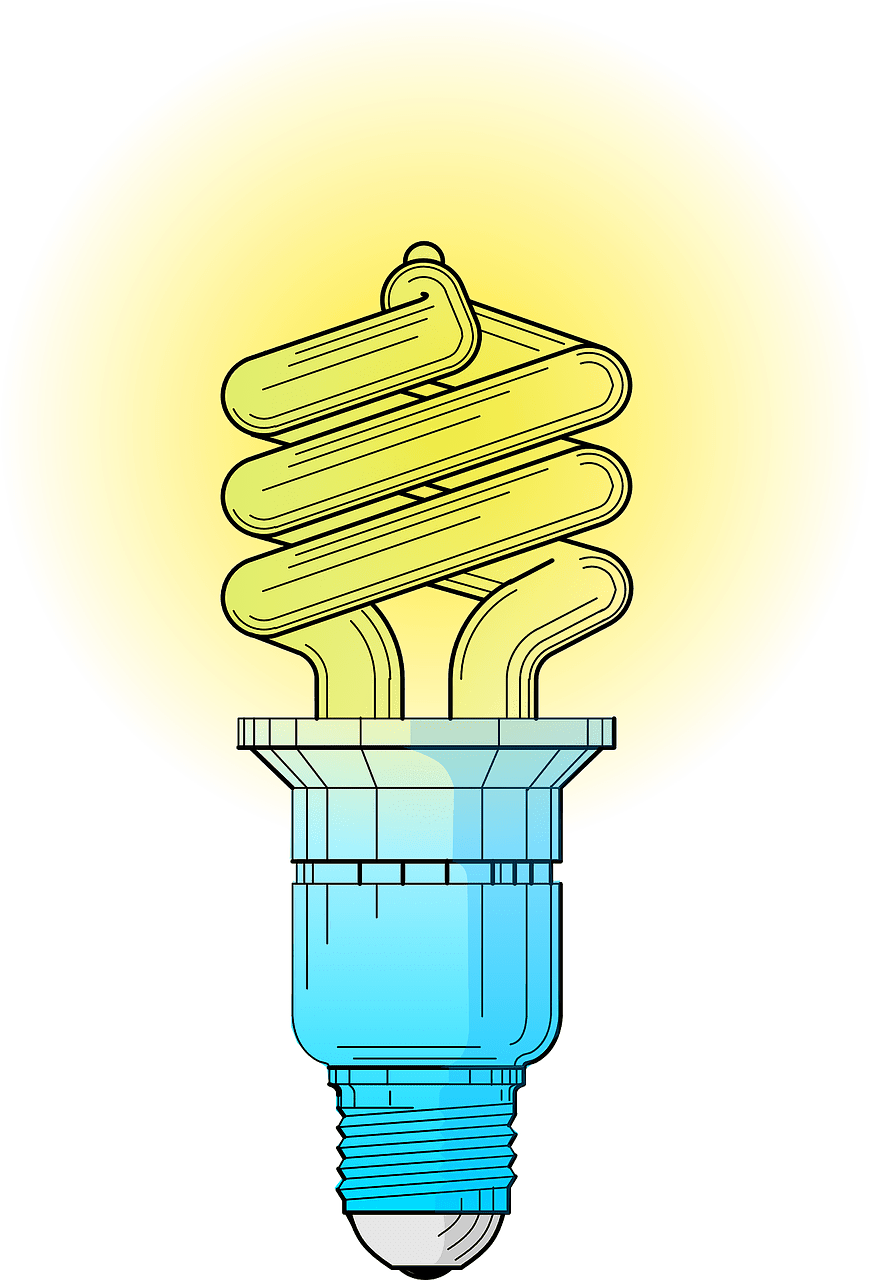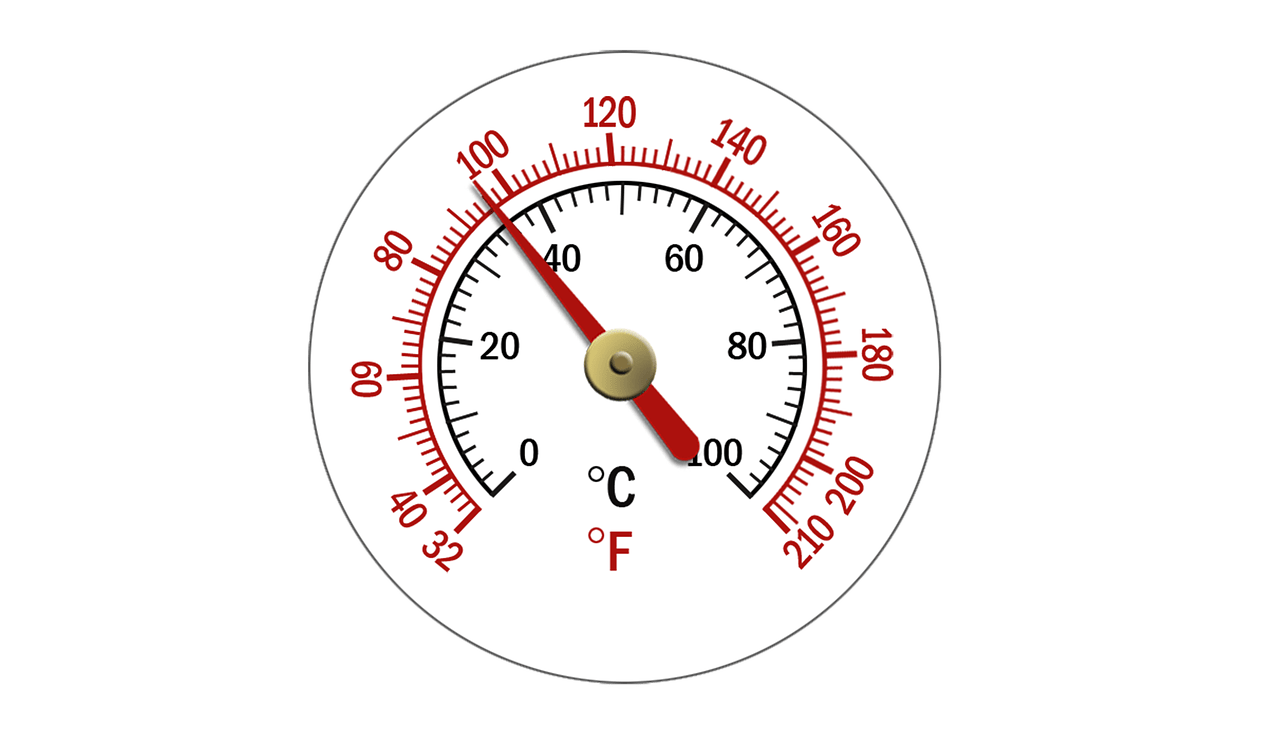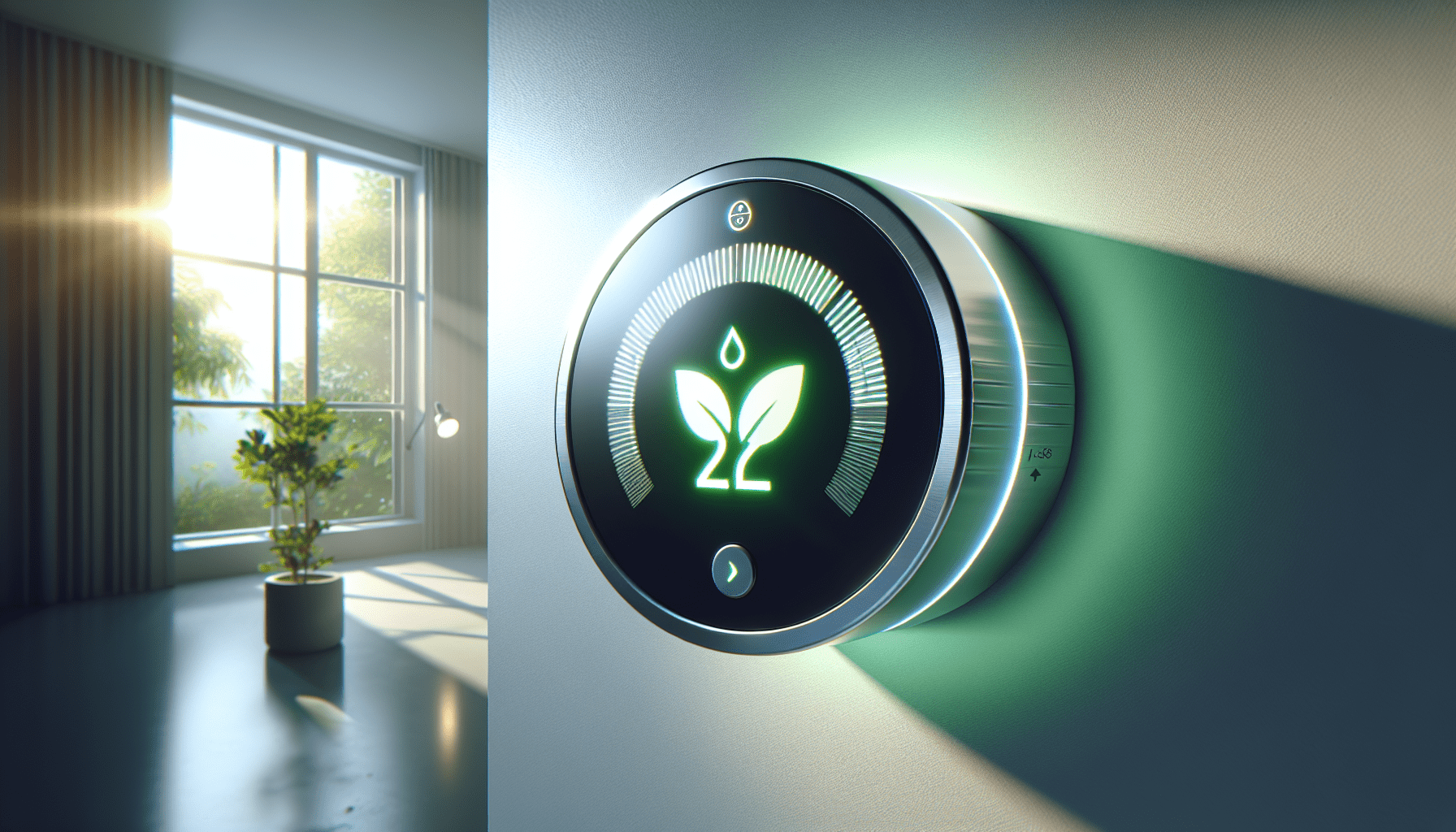In our journey towards a more sustainable future, creating energy-efficient HVAC systems is a crucial step. The article, “How Do I Design An Energy-efficient HVAC System?” serves as a comprehensive guide for those of us keen on optimizing our heating, ventilation, and air conditioning setups to reduce energy consumption and environmental impact. We explore key principles of design, including selecting the right components, integrating smart technology, and considering building characteristics to ensure efficiency without compromising comfort. Together, let’s delve into practical tips and innovative strategies that can help us build more eco-friendly and cost-effective HVAC systems for our homes and businesses. How do we design an energy-efficient HVAC system?

Understanding the Basics of HVAC Systems
To design an energy-efficient HVAC system, we first need to grasp the fundamentals of heating, ventilation, and air conditioning (HVAC) systems. HVAC systems are designed to regulate the climate within buildings, ensuring comfort through precise control of temperature, humidity, and air quality. An efficient system balances these elements while consuming minimal energy, reducing our carbon footprint, and saving on utility costs.
Components of an HVAC System
Every HVAC system comprises several key components, each playing a crucial role in its operation. Let’s explore these components to understand their contributions to energy efficiency:
- Thermostat: The brain of the HVAC system, responsible for regulating temperature levels.
- Furnace: Heats the air, either through combustion or electric resistance.
- Heat Exchanger: Transfers heat from the furnace to the air circulating in the building.
- Evaporator Coil: Absorbs heat, helping to cool and dehumidify the air.
- Condensing Unit: Releases absorbed heat outside, typically located outdoors.
- Refrigerant Lines: Transport refrigerant between the evaporator coil and condensing unit.
- Ductwork: Distributes conditioned air throughout the building and returns air back to the system.
- Vents: Outlets that deliver conditioned air to specific areas within the building.
Understanding each component helps us identify areas where we can enhance energy efficiency in the system.
Importance of Energy-efficient HVAC Systems
With environmental concerns and rising energy costs, designing an energy-efficient HVAC system has become more critical than ever. These systems offer numerous benefits:
- Reduced Energy Consumption: Lower energy use translates into cost savings and a smaller environmental impact.
- Enhanced Comfort: Efficient systems maintain consistent temperatures and humidity levels, improving indoor comfort.
- Improved Air Quality: Proper ventilation reduces indoor pollutants, promoting healthier living environments.
- Longevity of Equipment: Energy-efficient systems tend to experience less wear and tear, prolonging equipment lifespan.
Considering these benefits, it’s evident why investing in energy-efficient HVAC design is a smart move for both our wallets and our planet.

Step-by-Step Guide to Designing an Energy-efficient HVAC System
To achieve optimal energy efficiency, it’s essential to consider multiple factors during the HVAC system design process.
Step 1: Conduct a Building Energy Assessment
Before we start designing our HVAC system, performing a thorough energy assessment of the building is crucial. This assessment helps us understand the building’s energy requirements, identifying areas where efficiency can be improved.
- Thermal Envelope Analysis: Evaluate insulation, windows, and doors to ensure minimal heat loss or gain.
- Load Calculation: Determine heating and cooling loads using industry-standard methods like Manual J from the Air Conditioning Contractors of America (ACCA). Accurate load calculations ensure the system is neither over- nor under-sized.
- Energy Audit: Identify existing inefficiencies and areas with potential for improvement in energy consumption.
Step 2: Choose the Right HVAC System
Selecting the appropriate HVAC system is pivotal. Various systems cater to different needs, so it’s essential to understand their differences:
| System Type | Description | Pros | Cons |
|---|---|---|---|
| Split System | Separate indoor and outdoor units. The most common type. | Versatile, quiet operation, easy maintenance | Requires ductwork, may not be suitable for all climates |
| Hybrid System | Combines a heat pump with a furnace. Selects the most efficient fuel source based on outdoor temps. | Energy-efficient, flexible fuel options | Initial cost can be higher |
| Ductless Mini-Split | No ductwork; uses an outdoor compressor and indoor air handlers. | Ideal for older homes, zonal heating and cooling | Higher initial investment, regular maintenance required |
| Packaged System | All components are housed in a single unit, often placed on the roof. | Space-saving, simplified installation | Less energy-efficient, higher maintenance complexity |
Understanding these systems helps us make informed decisions based on the building’s specific requirements.
Step 3: Focus on System Efficiency Ratings
Efficiency ratings provide insights into the energy consumption of HVAC systems. Here are key ratings to consider:
- SEER (Seasonal Energy Efficiency Ratio): Measures cooling efficiency. Higher SEER ratings indicate better efficiency.
- AFUE (Annual Fuel Utilization Efficiency): For furnaces, it measures how efficiently the fuel is converted into heat. A higher AFUE means better efficiency.
- HSPF (Heating Seasonal Performance Factor): Evaluates the efficiency of heat pumps. A higher HSPF rating translates to higher efficiency.
- EER (Energy Efficiency Ratio): Indicates cooling efficiency at higher temperatures.
Choosing systems with higher efficiency ratings ensures we maximize energy savings.
Step 4: Optimize Ductwork Design
Efficient ductwork design is a critical component of an energy-efficient HVAC system. Poorly designed or leaky ducts can lead to significant energy losses.
- Duct Sizing: Properly size ducts to ensure optimal air distribution and reduce pressure drops.
- Sealing Ducts: Seal connections and joints using mastic sealant or metal-backed tape to minimize air leaks.
- Insulation: Insulate ducts running through unconditioned spaces to prevent heat loss or gain.
- Layout: Design a layout that minimizes bends and turns, reducing resistance and enhancing airflow.
Step 5: Implement Advanced Temperature Controls
Advanced temperature control systems can significantly enhance HVAC system efficiency. Modern thermostats offer several options:
- Programmable Thermostats: Automatically adjust temperature settings based on our schedule, reducing energy use when we’re not home.
- Smart Thermostats: Learn our habits over time and make energy-saving adjustments. Remote control through smartphones adds convenience.
- Zoning Systems: Divide the building into different zones, each with its thermostat. This allows us to condition only occupied areas.
Smart temperature controls help us maintain comfort while minimizing energy consumption.
Step 6: Consider Renewable Energy Options
Incorporating renewable energy sources can further improve HVAC system efficiency and sustainability. Consider the following options:
- Solar-powered HVAC: Utilize solar panels to power the HVAC system, reducing dependence on grid electricity.
- Geothermal Heat Pumps: Extract heat from the ground, offering high efficiency and reducing reliance on fossil fuels.
- Wind Energy: While less common, wind turbines can contribute to powering HVAC systems in suitable locations.
By leveraging renewable energy sources, we can reduce operating costs and our carbon footprint.
Step 7: Regular Maintenance and Monitoring
Even the most efficient HVAC system requires regular maintenance to ensure peak performance. Implementing a proactive maintenance plan can prevent issues and sustain efficiency.
- Filter Replacement: Regularly replace filters to maintain air quality and system efficiency.
- System Inspections: Conduct seasonal inspections to identify and address potential issues before they become major problems.
- Performance Monitoring: Use sensors and monitoring software to track system performance and energy consumption, enabling us to make adjustments as needed.
Proper maintenance prolongs the life of our HVAC system and keeps it running optimally.
Step 8: Educate Occupants
Educating building occupants about energy-efficient practices can have a significant impact on overall energy consumption. Simple habits can contribute to substantial savings:
- Use Curtains and Blinds: Close them during hot summer days to reduce cooling load.
- Set Thermostat Properly: Avoid extreme thermostat settings; small adjustments can lead to big savings.
- Turn Off Equipment: Encourage turning off lights and electronics when not in use.
- Seal Windows and Doors: Ensure windows and doors are properly sealed to prevent air leaks.
Awareness and participation from occupants can amplify the benefits of an energy-efficient HVAC system.

Common Mistakes to Avoid in HVAC Design
Designing an energy-efficient HVAC system requires careful planning and execution. Here are some common mistakes to avoid:
Over-sizing or Under-sizing Equipment
Improperly sizing the HVAC system leads to inefficiencies. Over-sized systems cycle on and off frequently, wasting energy, while under-sized systems struggle to maintain comfort, increasing energy consumption. Accurate load calculations help in sizing the system correctly.
Ignoring the Building Envelope
A well-insulated building envelope is critical for efficient HVAC operation. Neglecting insulation, windows, and sealing can lead to significant energy losses, negating the benefits of even the most efficient HVAC system.
Poor Duct Design
Inefficient duct design, such as long runs, sharp bends, or inadequate insulation, can significantly impact system performance. Properly designed and sealed ducts are essential for efficient air distribution.
Skipping Maintenance
Neglecting regular maintenance reduces the system’s efficiency and lifespan. Scheduled inspections and timely repairs ensure the HVAC system operates at peak efficiency.
Overlooking Ventilation Needs
Adequate ventilation is vital for maintaining indoor air quality. Overlooking ventilation in the design phase can lead to problems with humidity, odors, and pollutants, impacting overall comfort and health.

Case Study: Implementing an Energy-efficient HVAC System
Let’s look at a practical example to understand the real-world implications of designing an energy-efficient HVAC system.
Project Overview
A midsize office building, constructed in the 1990s, is due for an HVAC system upgrade. The goals are to reduce energy consumption, improve indoor comfort, and minimize operating costs.
Step-by-step Implementation
- Energy Assessment: Conducted a comprehensive energy audit to identify areas for improvement. Thermal envelope weaknesses, old windows, and inefficient lighting were noted.
- Selecting the HVAC System: Chose a high-efficiency hybrid system with a SEER of 18 and an HSPF of 10.2. Included a programmable thermostat for better temperature control.
- Ductwork Design: Redesigned ductwork layout to minimize length and bends, sealed all joints, and insulated ducts in unconditioned spaces.
- Renewable Energy Integration: Added solar panels to power the HVAC system partially, reducing reliance on grid electricity.
- Occupant Education: Educated employees on energy-saving practices like closing blinds during hot days and turning off equipment when not in use.
- Regular Maintenance: Implemented a quarterly maintenance plan to replace filters, inspect the system, and monitor performance.
Results
Within a year, the building saw a 25% reduction in energy consumption for heating and cooling. Indoor comfort improved, and maintenance issues decreased significantly. The initial investment in the energy-efficient HVAC system paid off within five years through energy savings and reduced maintenance costs.

Conclusion
Designing an energy-efficient HVAC system is a multifaceted endeavor requiring thorough planning, accurate calculations, and attention to detail. By understanding the basics, choosing the right components, focusing on efficient design, and maintaining the system properly, we can achieve significant energy savings and improve indoor comfort. Incorporating renewable energy sources and educating occupants further enhances efficiency and sustainability.
It’s worthwhile to invest time and effort into designing an energy-efficient HVAC system. The benefits—reduced energy consumption, lower utility bills, improved comfort, and a smaller carbon footprint—pay dividends for years to come. Let’s commit to smarter, more efficient HVAC design for a better tomorrow.



